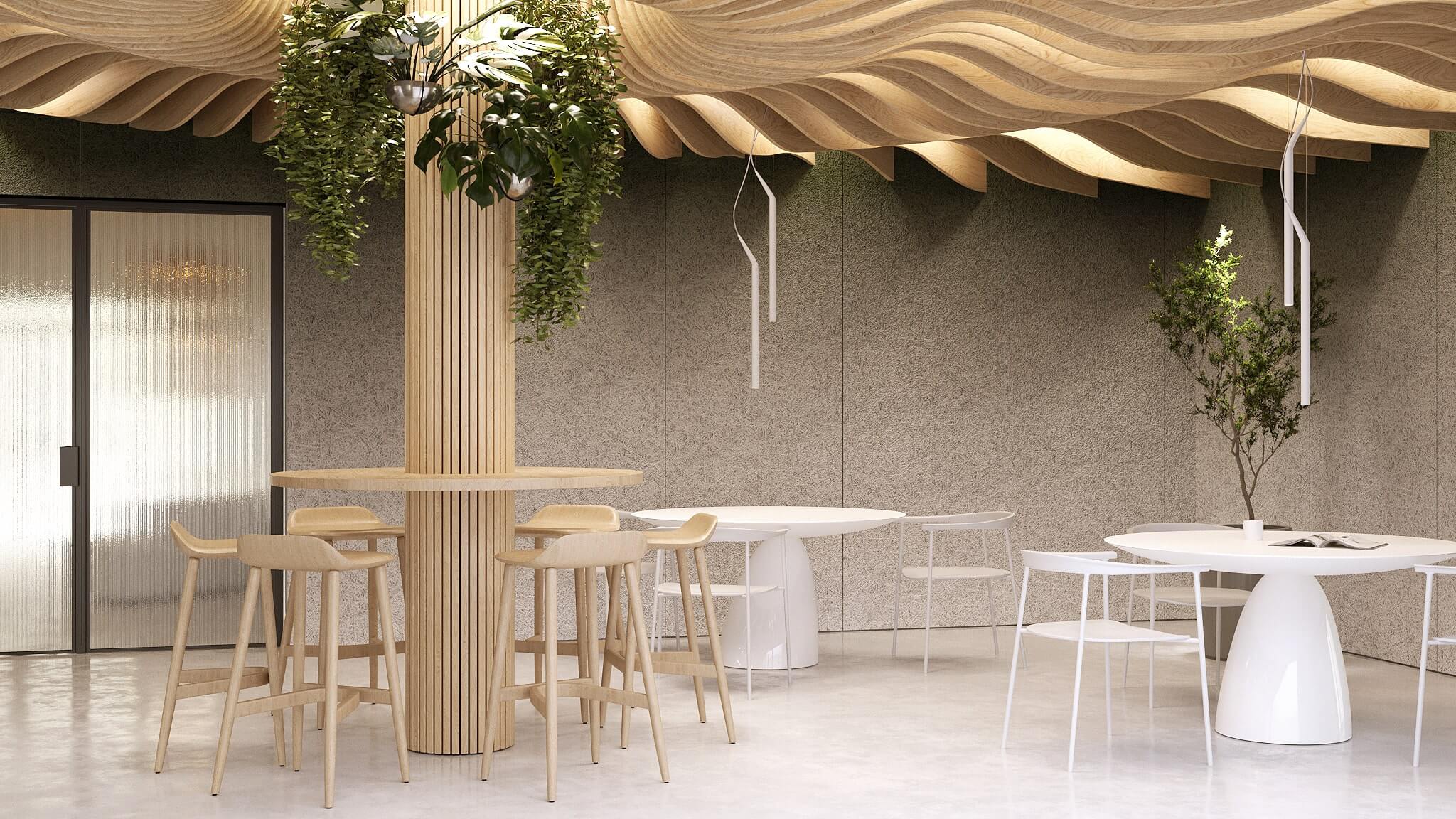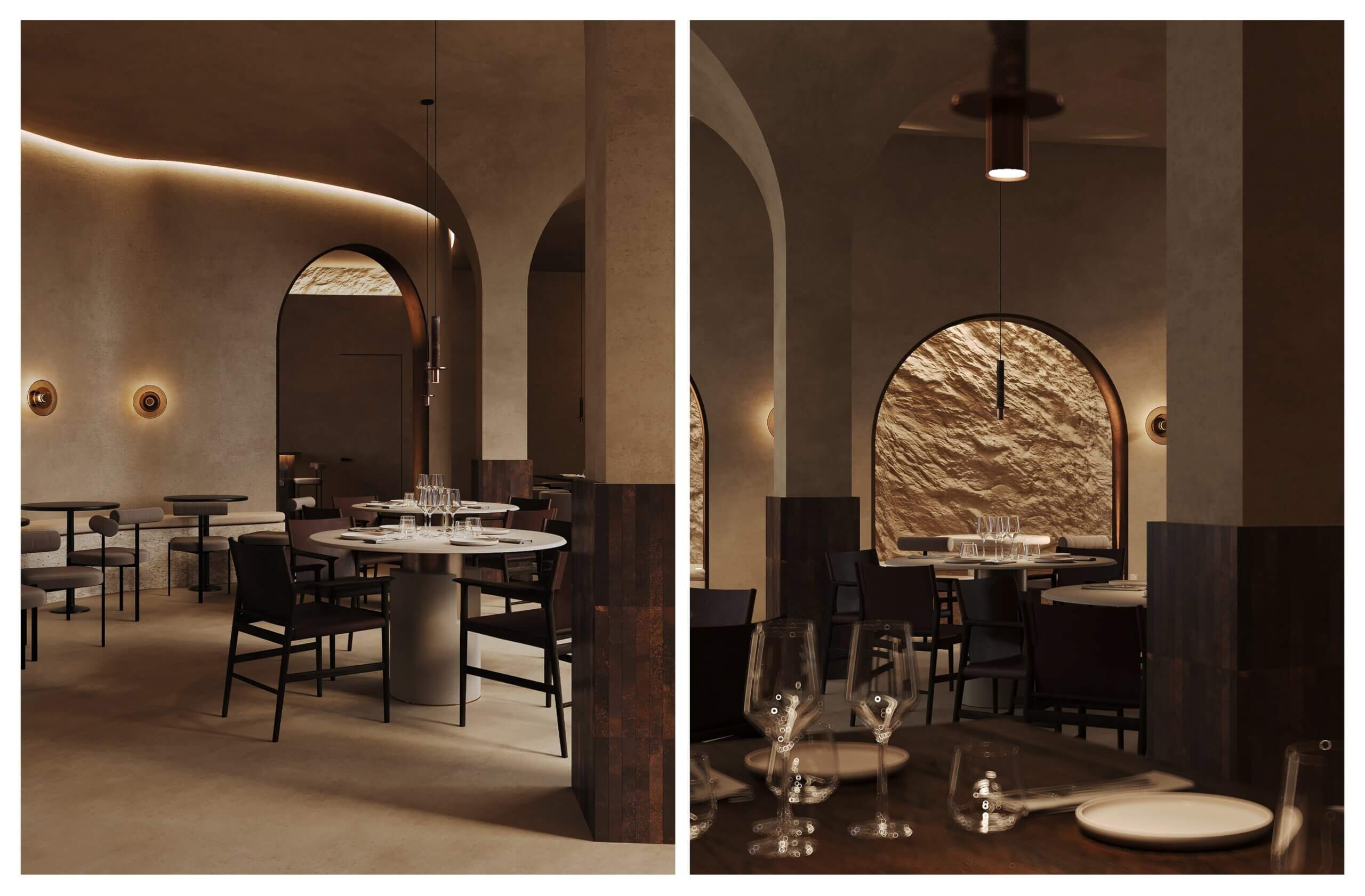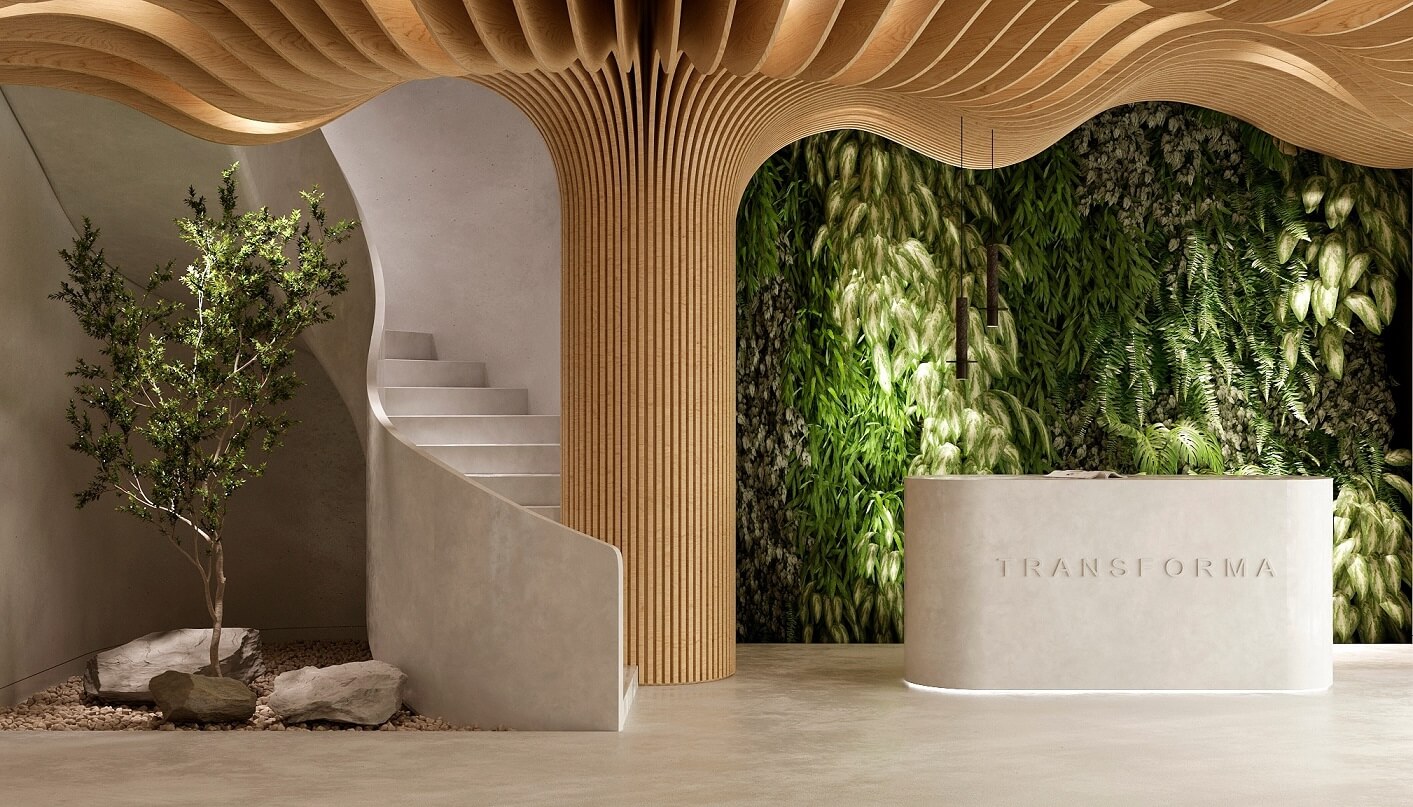
In a recent feature published in the Sunday Times, the interior design journey of actress Naomie Harris was highlighted in collaboration with Ohra Studio. Despite encountering challenges with building regulations, Naomie’s partnership with Ohra Studio resulted in a seamless and successful interior design experience. Ohra Studio extends its gratitude to Naomie for the opportunity to work together and wishes her continued success in her pursuit of the perfect home. May Naomie’s journey inspire others embarking on their own interior design endeavours.
Naomie wrote: “ A stroke of luck led me to the brilliant interior designer Zlata Rybchencko (Ohra Design Studio), whose style embodies Contemporary Scandi – minimalism. My initial plan was to wait until the architecture was complete before involving an interior designer, but Zlata wisely counselled that architecture and interior design should go hand in hand. This turned out to be one of the best decisions I made.
The first four months of collaboration with Des and Zlata were pure joy. Both share a similar attitude towards their clients, genuinely wanting to work in a collaborative way and understand the vision of their clients, instead of imposing their own taste and vision. Working with Zlata allowed me to meticulously craft my dream home on paper, as her design studio create highly detailed, photo-realistic CGI images for every room, an invaluable tool to avoid unforeseen surprises later in the process. What also sets Zlata apart is her background in architecture, ensuring seamless harmony between interior and architectural design.

Housebuilding, much like film-making, is often depicted through rose-hinted glasses. It’s all about the artistic creation — and the tortuous years of hard graft are airbrushed away. Having not reached the “creation” stage of my housebuilding project but having endured an 18-month rollercoaster ride of hard graft, I’m keen to share my story in the hope that it spares those of you who share my dream from the same pitfalls.
For as long as I can remember I’ve been fascinated with homes and their creation. Even as a child I would spend hours meticulously redecorating my Barbie house and drawing the pink castles I expected to live in. As I got older I would pore over house design magazines, ripping out images that I loved and filing them away for the day when I would have my own home. I’m really not sure where this fascination came from. Perhaps it stems from growing up in an Edwardian house my mum and stepdad spent a decade painstakingly restoring to its former glory. The house was perpetually filled with dust, draughts and the noise of ongoing construction. It’s absolutely stunning now but all the building work at the time made it feel as though we were squatting instead of inhabiting.

Perhaps my desire to have a home of my own was born out of that experience. Or perhaps it stems, paradoxically, from the success I had in my career as an actress. The more successful I became, the more of a nomadic lifestyle I lived. Filming meant that I was constantly traveling all over the world and at one stage I basically lived out of two suitcases.
My fascination with having my own home crystallised into an obsession when in 2013 I watched an episode of Grand Designs featuring a German eco- prefabrication housebuilding company called Baufritz. The episode emphasised the speed, eUciency and precision engineering of a Baufritz-built home, and how as a result the couple created a house on time as well as on budget. In hindsight I realise now that I somehow managed to gloss over the hell the couple went through with their groundwork, including part of their site sliding into their neighbour’s garden.
I decided that I didn’t just want to have a home of my own, I wanted one built by Baufritz. In fact I became so obsessed that I hopped on a flight to Bavaria to tour the headquarters. I was floored by the state-of-the-art, carbon-neutral and energy-efficient technology of the homes. After growing up in a draughty period property, the idea of a sealed, temperature-regulated Passivhaus heated by ground source heat pumps and solar panels was the stu[ of dreams.
Around the same time I discovered the work of the architect Des Ewing, whose designs resonated with my own vision. Dreaming of an eco-friendly haven with sky-high ceilings and classical proportions designed by Ewing and built by Baufritz, I set about searching for a perfect plot to build my Shangri-La.

Initially I wanted to find a plot in the countryside within a two-hour drive of London, away from road noise, not under a flight path, not overlooked by neighbours and with expansive countryside views over rolling hills. But by 2021, despite having worked with no fewer than five property search agents, and having saved up enough finances to fulfil my dream, a plot seemed elusive.
Ultimately it was while I was on holiday scrolling online that I found my needle in a haystack, although there was a drastic compromise — instead of being in the countryside it was in London. A plot of land with planning permission to demolish three garages and build a 5,000 sq ft house. The plot was surrounded by trees, only overlooked by the house next door, super quiet and large enough to create a home with everything I wanted, including a sizeable garden, basement and outbuilding.
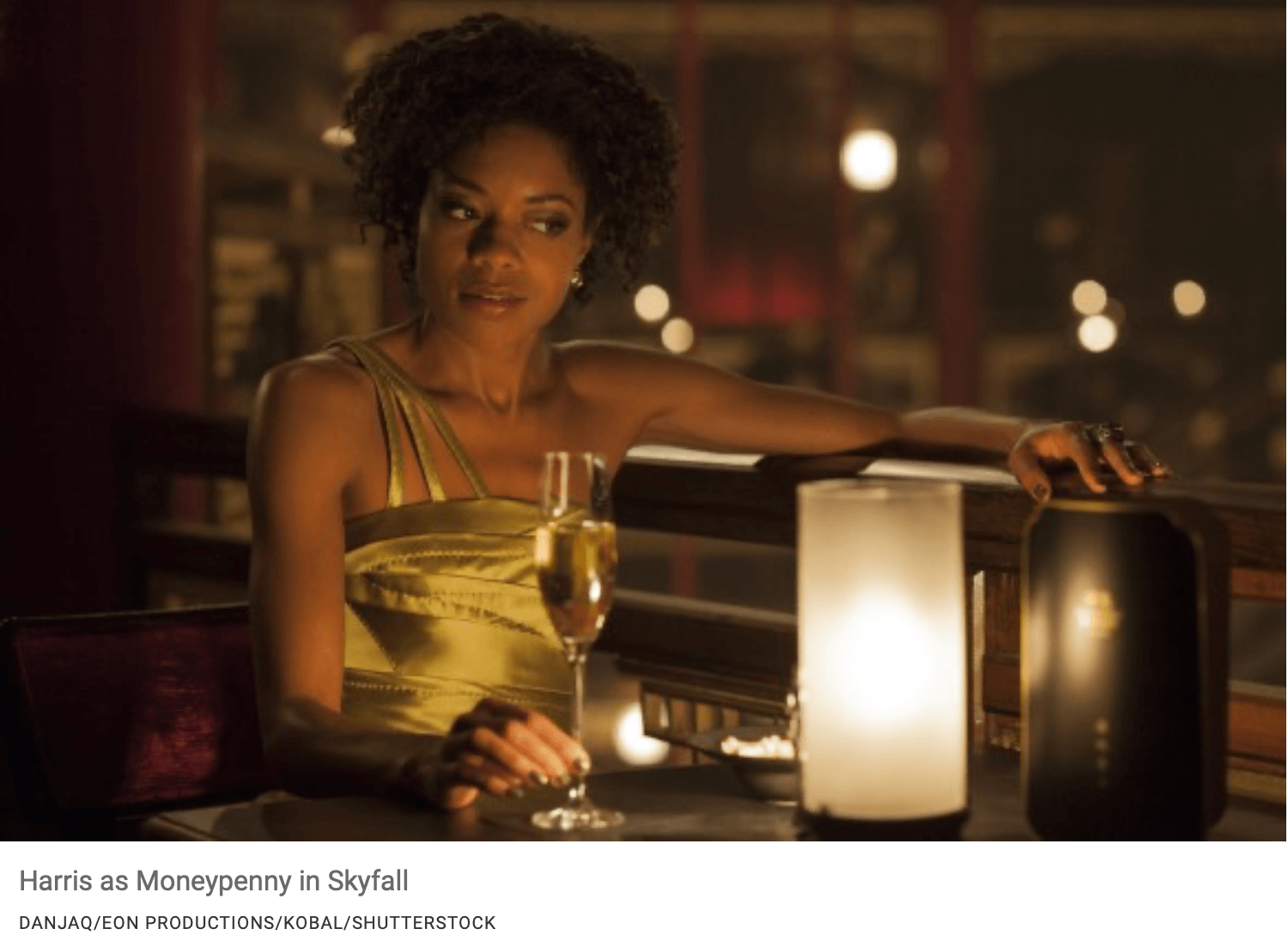
Getting the plot was no easy feat. This was 2022 at the tail end of a property buying frenzy and there were 13 buyers keen for the site. After a decade-long search for a plot, I definitely allowed excitement to prevail over reason, and when the owner of the site contacted me to say that I had tied with another bidder but that he was asking for an extra sum of money to swing things in my direction, and wanted a swift completion, I eagerly agreed and instructed my solicitor. Looking back now, my haste to meet the deadline set by the site owner, and without ever stopping to ask why speed was of the essence, was the first of many, many mistakes I would make in my housebuilding journey.
Initially, everything from exchange to completion unfolded seamlessly, and I found myself the elated owner of a plot of land. I immediately engaged Ewing to design the house of my dreams. A stroke of luck led me to the brilliant interior designer Zlata Rybchenko of Ohra Design Studio, whose style embodies contemporary Scandi minimalism.

The first four months of collaboration with Ewing and Rybchenko were pure joy. After finalising the house design, I excitedly approached Baufritz to negotiate the
construction. The initial joy quickly gave way to cold, harsh realities that I had overlooked. Baufritz pointed out critical aspects of my site that as a first-time housebuilder I had totally failed to consider.
First, the seemingly freestanding garages, although freestanding at the front and back of the site, had a middle section that was “shared” with the neighbouring property, and I would therefore need my neighbour’s permission before making any changes to it.
Second, my site was perpendicular to seven properties, potentially necessitating party wall negotiations with each of them. Last, Baufritz is a prefab company, and its construction method involved craning the house into place, requiring at least 1.2 metres on all sides of the house for the sca[olding, cranes etc. Since one side of the site was touching my neighbour’s property, I was dependent on their permission to grant access via their land.
At this point it became clear that my choice of solicitor to negotiate the purchase of the site had been one of my many poor choices. The lack of a survey became a hugely costly oversight as it meant the critical detail of the “shared” wall wasn’t discovered until Baufritz got involved.
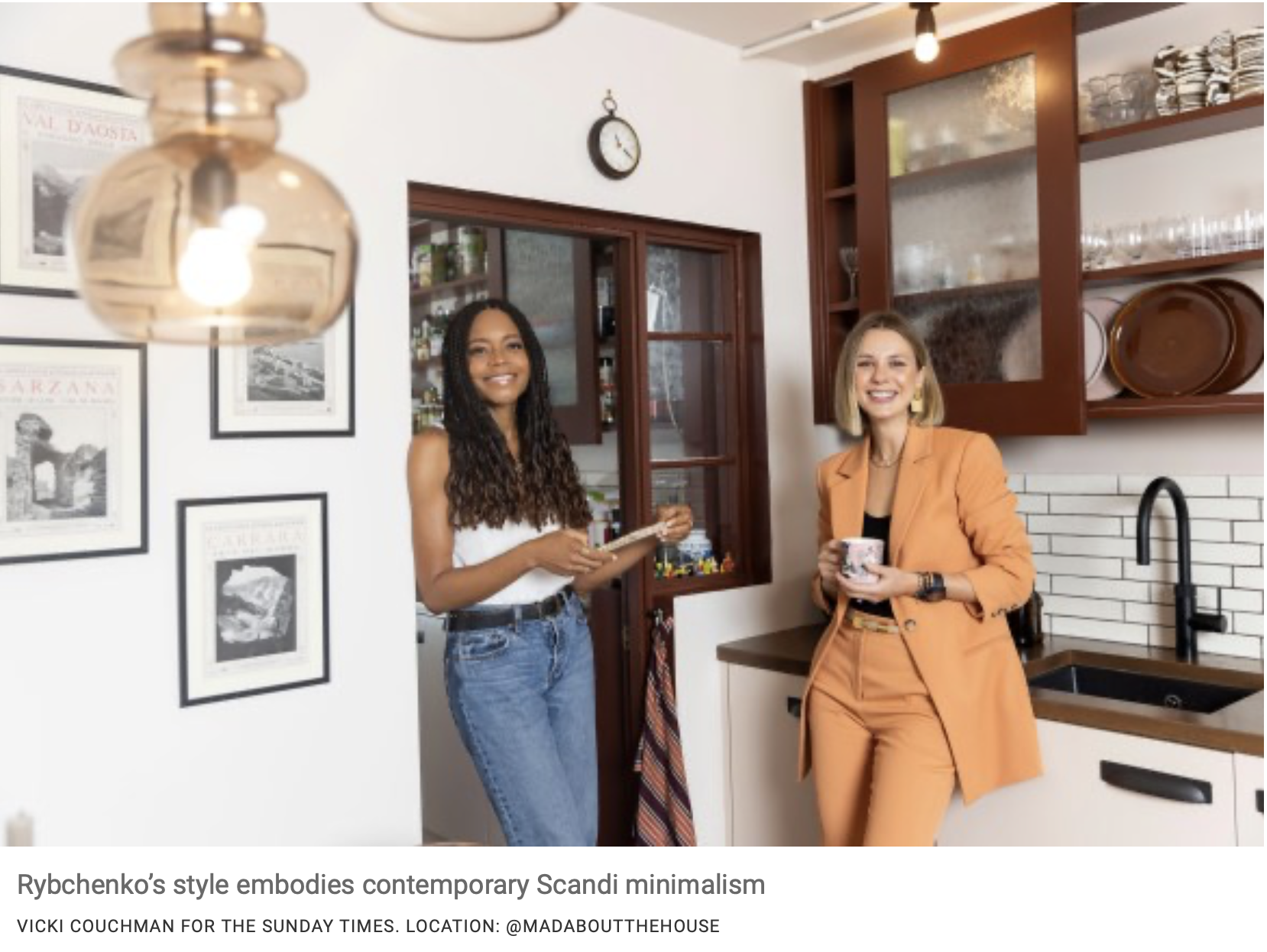
The weight of the situation hit me as I realised I had invested half of my life savings in a site that could potentially be worthless. However, instead of abandoning my plan I chose to embark on an educational journey in the intricacies of party wall agreements and encroachment issues.
To navigate the party wall complexities, I consulted a new lawyer and enlisted the help of a party wall surveyor, initiating negotiations with the neighbours. This process, however, proved no easy feat. While most Londoners are largely in agreement that there is a housing shortage, the reality is that no one wants a house built right next door to them, especially one with a substantial basement. Ultimately, though, once I took the time to meet my neighbours in person, they could not have been more accommodating or helpful.
I then entered into discussions with Baufritz and persuaded the company to take the project on despite the challenges, and my housebuilding journey resumed.
Unfortunately the unwelcome surprises resumed. The first was that, while Baufritz o[ers a “turn-key service”, that’s from the ground up. I needed separate companies for groundwork, basement work and landscaping, and yet another to coordinate the management and collaboration of these various entities.
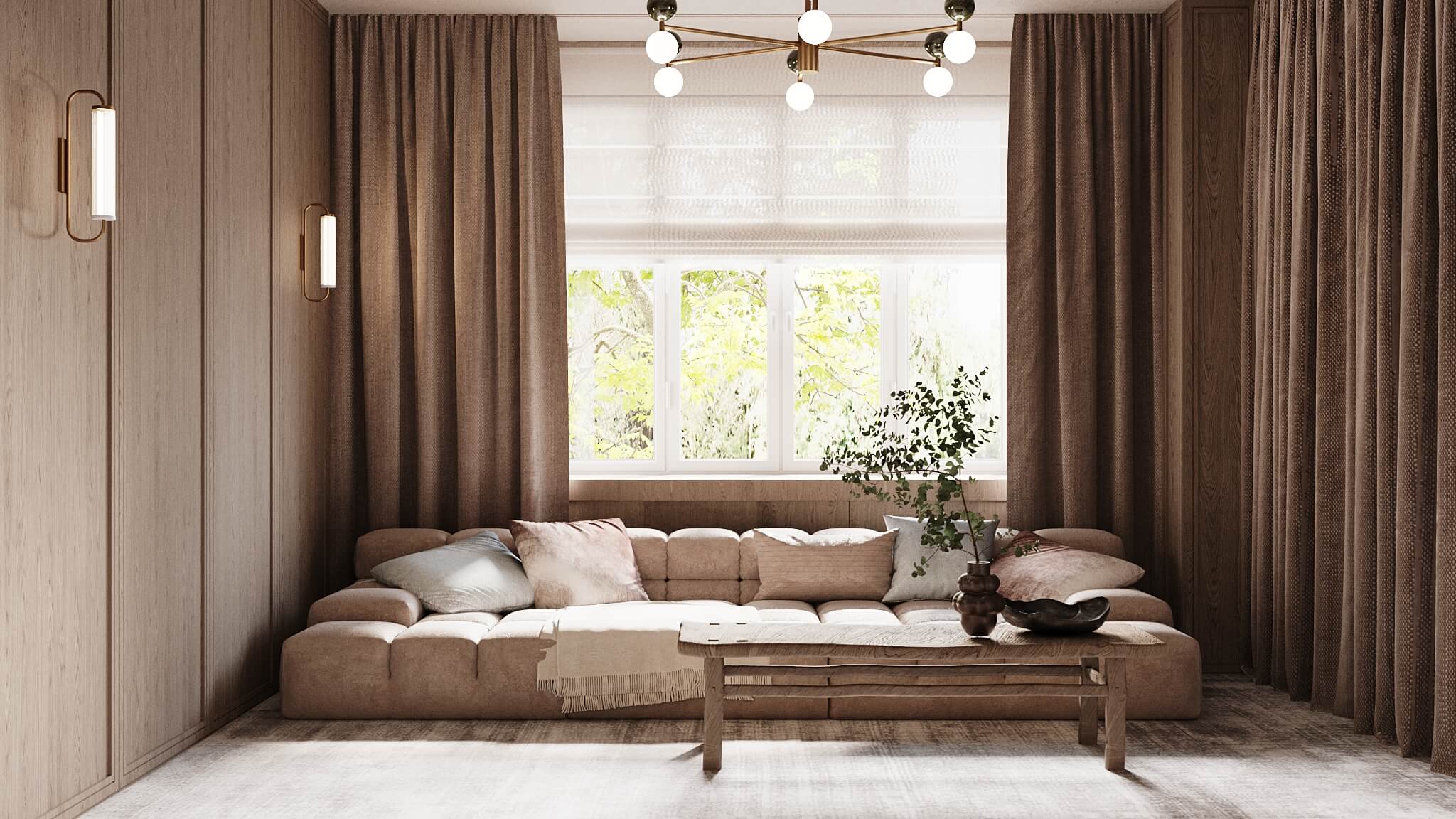
Fourteen months into my housebuilding journey when I finally received planning permission for my site, I realised that instead of feeling elated I actually felt … deflated. Getting over the hurdle of gaining planning permission brought into sharp relief the reality that I was still only at the very beginning of the housebuilding journey.
I hadn’t worked for a year because I’d effectively been a full-time project manager, assembling a housebuilding team, driving forward the process, engaging in all the logistical and legal negotiations. I was already exhausted and now — looking at the timelines for the various stages of the build — I was still looking at another three years before I’d be living in my house.
What came next was the worst and the best thing that could have happened. My party wall surveyor discovered Japanese knotweed on the site. The stroke of good luck was being recommended the services of RFR, a luxury property search agency with a comprehensive build and renovation division. I explained my need to reclaim my time and step away from my role as full-time project manager, and RFR offered to take over the project, but said that before doing so it would need to review the numbers.

Simone Grandi, RFR’s project consultant, spent a few days going through the quotes and invoices I had received before getting back to me with the biggest blow yet. The cost of building my dream house far exceeded my anticipated budget, but more critically, it considerably exceeded the resale value it was ever likely to achieve. Grandi explained that he always gives his clients the same advice that he’d give himself, and that if he were in my position he would sell the site — as quickly as possible.
The reality is that the cost of an eco-build is close to double the cost of a traditional build. But ultimately I decided it was too much of a compromise on my dream, which was to create a home with carbon-neutral construction, minimal waste and cutting-edge eco-technologies. The idea of abandoning that and resorting to an environmentally polluting house build just didn’t align with my values and, after much soul-searching, I decided to follow Grandi’s advice, cut my considerable losses and put the site back on the market.
Grandi’s bombshell was the wake-up call I needed to finally walk away and I am immensely grateful to him for his candour. I waited a few hair-raising months for an o[er to come in, and when I did manage to sell … I felt nothing but utter relief.
I’m extremely lucky that I ended up selling my site, albeit at a loss, to a couple who know all about the pitfalls of building because they have built a house before. However, the drama was not yet over, as closing contracts on a house build is tricky — some of the contractors wanted to be paid for work they foresaw themselves doing, which led to mutual threats of litigation.
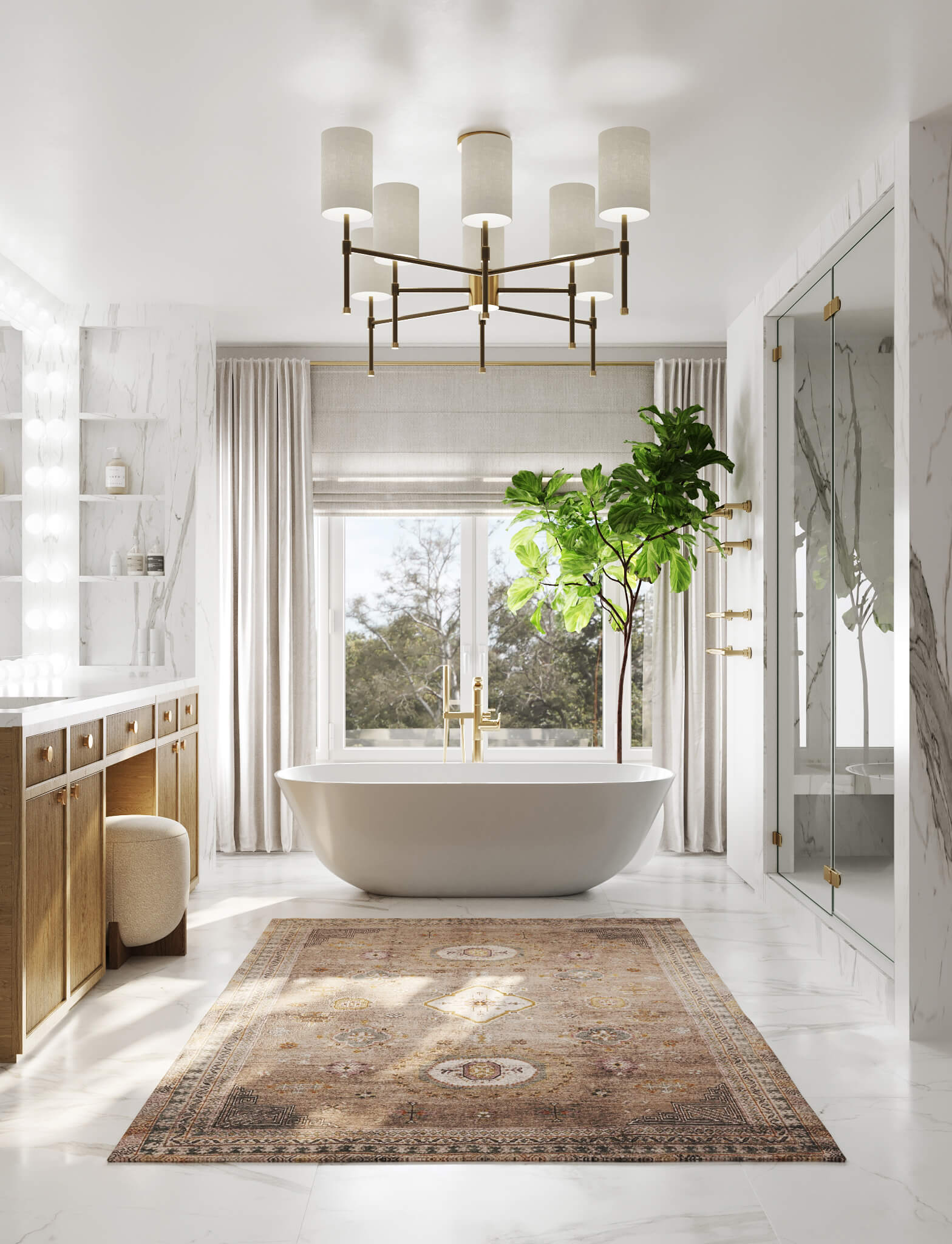
Ultimately, though, all’s well that ends well … and my story of unexpected twists and turns has a strange and slightly magical ending.
During an unplanned countryside jaunt, my car broke down on a country lane, right by a grade II listed house which was on the market. Apart from being
already built, the house happened to be everything I was initially searching for. It has far-reaching views over a lake and beyond, is only a one-hour drive from my family in London, pin drop quiet, not under a flight path and isn’t overlooked.
The Victorian house is a total departure from the ultra-modern house I was planning to build, an unexpected return to my period roots. But I immediately fell in love with it and put in an o[er, which has been accepted. This time, however, I’m doing my due diligence far more thoroughly.
This type of house is most probably what I was always meant to have but I would never have been interested in buying as I was so fixated on building from scratch. Searching for a home is akin to searching for a partner. You have your long list of requirements but ultimately all of that goes out the window when you meet the person who makes your heart sing. Ultimately, it wasn’t the 3m-high ceilings and walls of glass that mattered … it was the “feeling of home” I was always looking for, and that for me meant finding a place that felt safe and calm. The reality is that I might have invested four years of my life and my life savings on building a house and never achieved that feeling.
The only thing left for me to do is to pass on my experience and try to help others avoid the potential pitfalls in building — although the most powerful lessons I learnt were not about property, but about myself. I’m proud that even when faced with losing half my life savings, my integrity would never allow me to be dishonest. As desperate as I was to sell the plot, I instructed my estate agent to be fully transparent with prospective buyers about the site’s issues.
I also had to confront the reality that I am at my core rather hard-headed. I can get fixated on ideas and nothing anyone says can dissuade me from a path I’ve set my mind on. So many of my friends and family warned me that building would be a nightmare and that I shouldn’t do it but I had to learn from my own experience. My hope is that you aren’t as dogged as me and that you can learn from my mistakes, and potentially save yourself a small fortune.”


